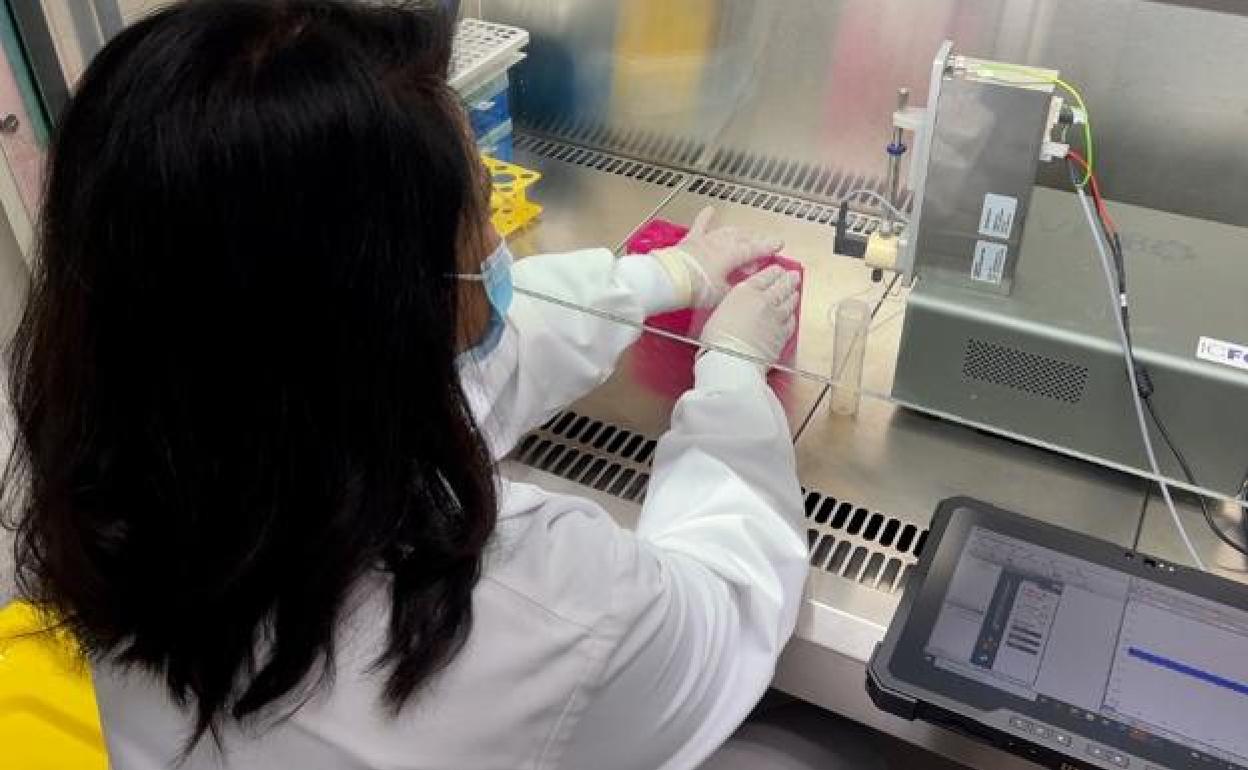Spanish team design a device that uses light to detect Covid in saliva samples
The creators say the new sensor combines the high precision of a PCR test with the speed and cost of an antigen test
RAQUEL MERINO
Thursday, 24 February 2022, 11:36
The accuracy of PCR tests and the speed and cost of antigen tests, is what ICFO researchers specialised in the development of biosensors and IrsiCaixa wanted to combine in a new device capable of detecting Covid-19 in saliva samples. It is a sensor that, with the help of light, can detect very low concentrations of SARS-CoV-2, the virus that causes Covid-19.
According to its creators, the system offers great sensitivity and specificity, like a PCR test, and is easy to use, inexpensive and quick like an antigen test. The result can be known in less than 30 minutes without having to be strictly used and handled by qualified personnel and treated in a specialised laboratory. By taking saliva samples, nasal collection is avoided, which is more uncomfortable for users.
ICFO researcher Rubaiya Hussain said, “The device uses a couple of saliva drops and fluorescent light markers. When saliva samples are collected from patients, we put them in a solution containing fluorescent antibodies. If there are viral particles in the saliva sample, the fluorescent antibodies adhere to the virus”. The laser illuminates the sample and, if it contains a viral load, it emits a signal thanks to the fluorescent marker.
The sensor was tested on 54 samples yielding 31 cases out of 34 positives with only three false negatives. With just one device, up to 2,000 tests could be carried out daily.
It also has the potential to be adapted to carry out tests for other viruses. ICFO researcher and co-author of the work, Ewelina Wajs, said, “By selecting the appropriate antibodies, this technology could be adapted for the detection of other viruses, such as seasonal coronaviruses or the flu virus, or even microorganisms present in human bodies. such as legionella or e-coli, with a faster response time than tests usually done on cultures.”
